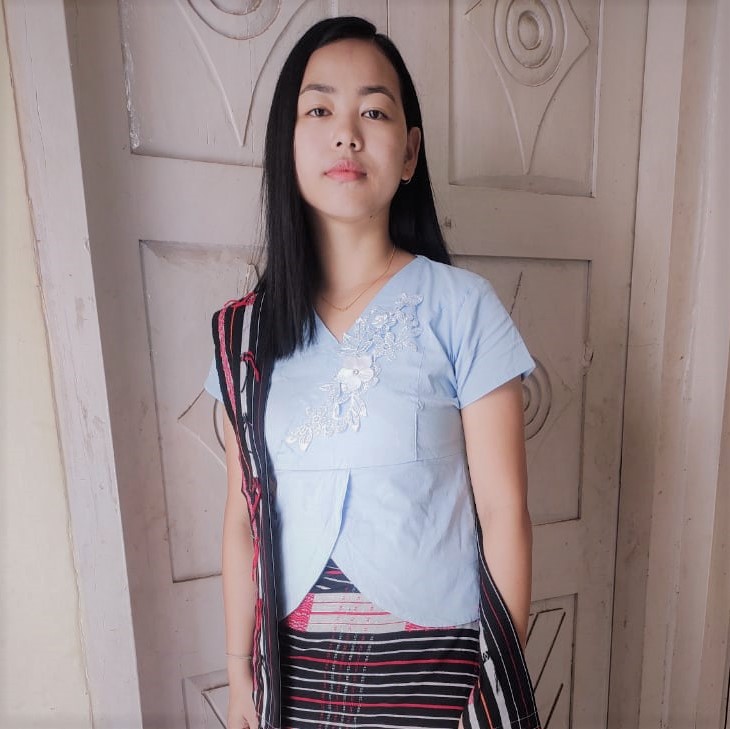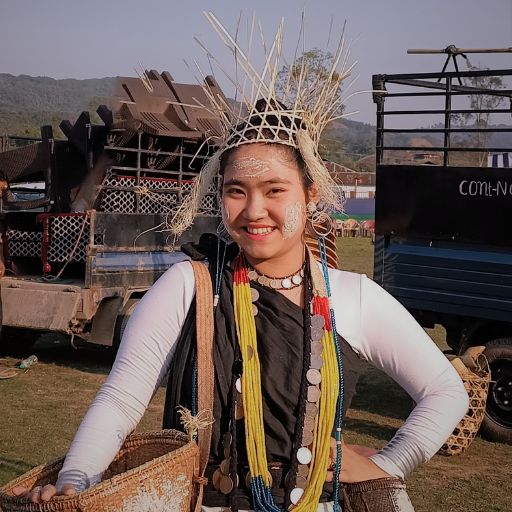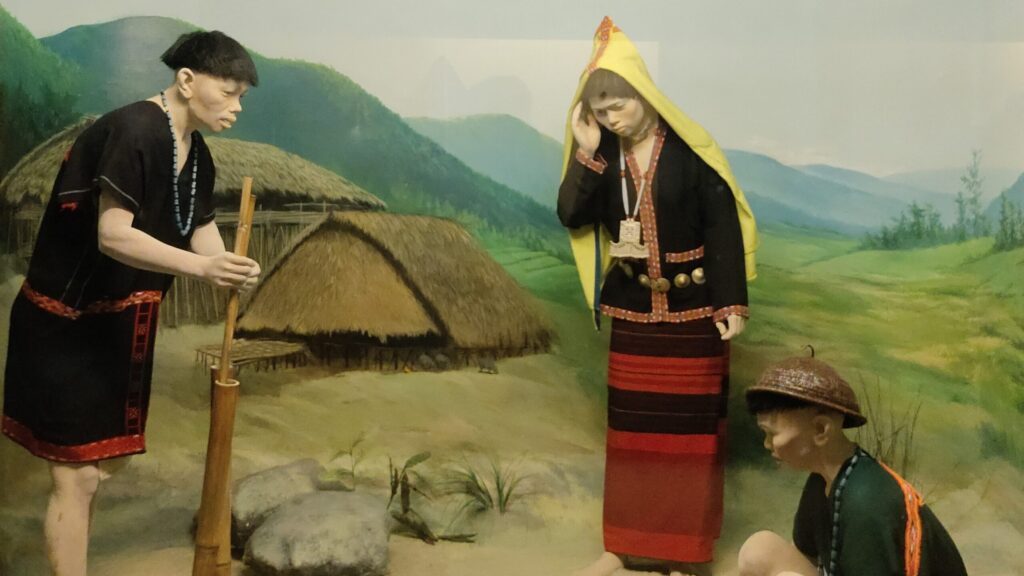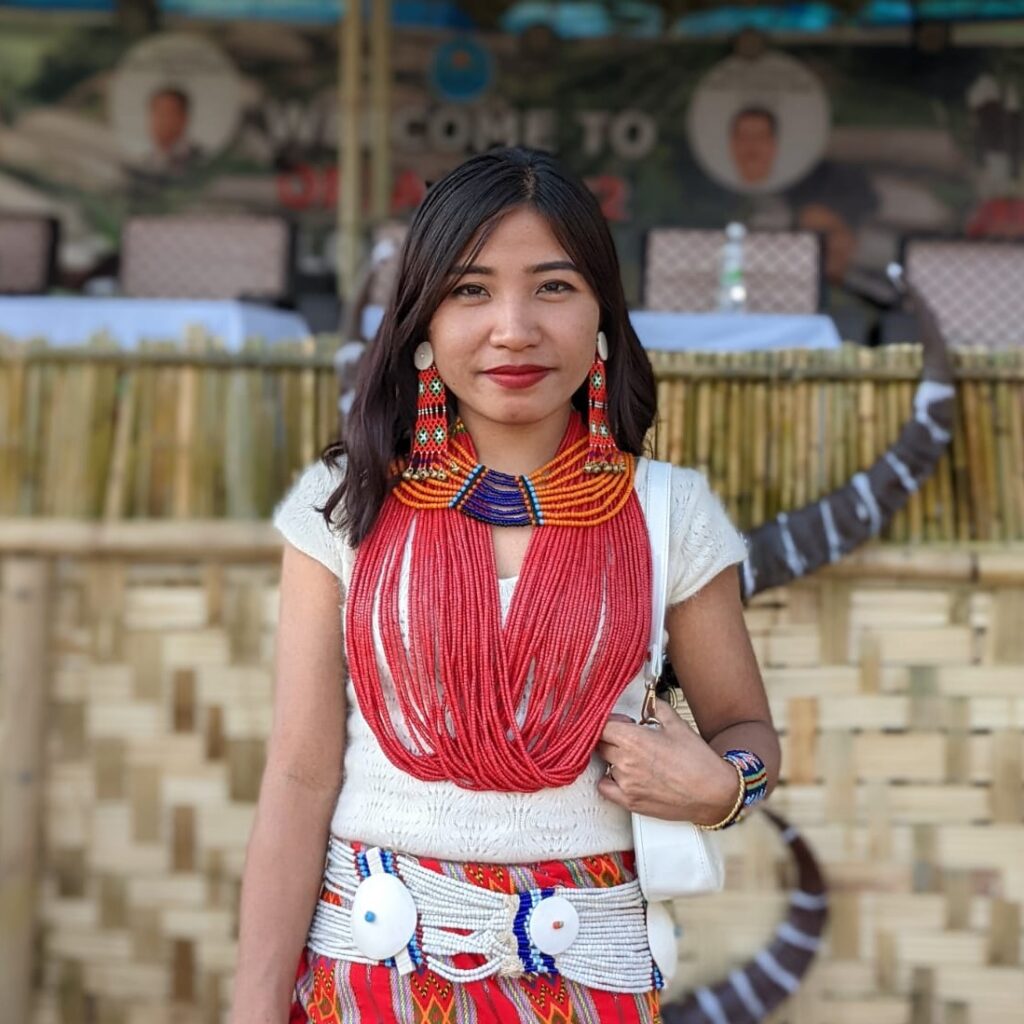Tagin
TAGINLocation:Upper Subansiri District. General Information:Tagin society is divided into distinct classes.They prefer to live in joint family and the seniormale member is regarded as head of the family.Polygamy is customary among them. Agriculture istheir mainstay of life and practice mainly dry methodof cultivation. Fishing is also a part of their day today life. Hunting game …









